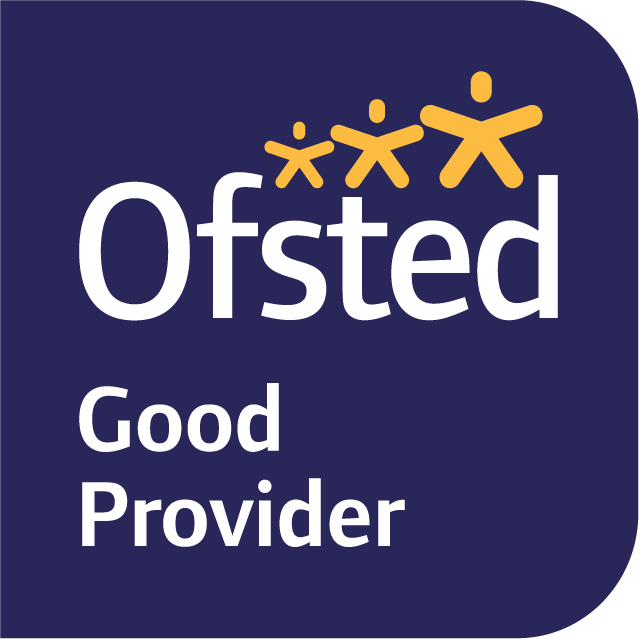Mindfulness at Pashley
Pashley lives it’s values and as part of the curriculum the children experience Mindfulness sessions in the class setting, bespoke 1-1 and small group sessions. These are led by Ms Williams who is trained to teach Mindfulness in schools. She is assisted by our Mindfulness “Sun-Bear” who the children love.
EYFS are introduced to our mindfulness bear (Sunbear) who teaches them to learn about where they feel their breath most clearly in their body. The mindfulness sessions are linked to the zones of regulation with a strong emphasis on normalising the different zones and understanding about choices and what might be helpful if they are in a particular zone. The children learn several different short practices that they can use easily at different times in a day. Mindfulness is body based so we generally start with a short talk with visuals, then the children are invited to join in with some high energy activity, and end with a breathing practice. It is differentiated for each year group and individual classes as required.
Mindfulness is always an invitation, it can be a doorway to the children learning they have choices, which can support self-regulation. In addition, it teaches them to listen to their needs “in the moment.” This is a very different approach to curriculum learning but the results in EYFS, and across the school, have been really positive.
After the high energy activity, which has pauses to “listen and feel” the sensations in the body, the children are again “invited” to quietly settle and “rest back” into a short breathing meditation, either sitting or laying down, again their choice. The language used is for them to “allow themselves” this time and space. We talk about the body loving to jump and play, but that the body and mind also love to rest and have time to settle, this is linked to finding balance. A glitter jar is used as a visual, which is great for showing children how their bodies can feel on the inside when they are all shaken up with excitement or anger and how their body settles when it is given time to notice the breath and “rest back”. At the end of the practice, they are invited to discuss their experience and relate to the settled feeling within.
During this time, the focus is on really listening to the children’s individual experience and encouraging others too. There is a strong emphasis on each child that chooses to share being “fully seen, heard and respected.” It is very much based on empowering the children to connect to their inner selves, so that they can turn to mindfulness, whenever they may need to. We like to think of it as scattering seeds at this level, though a large number of the children are clearly practicing effectively during the sessions. This is evident in both their physical responses and what they share verbally.

